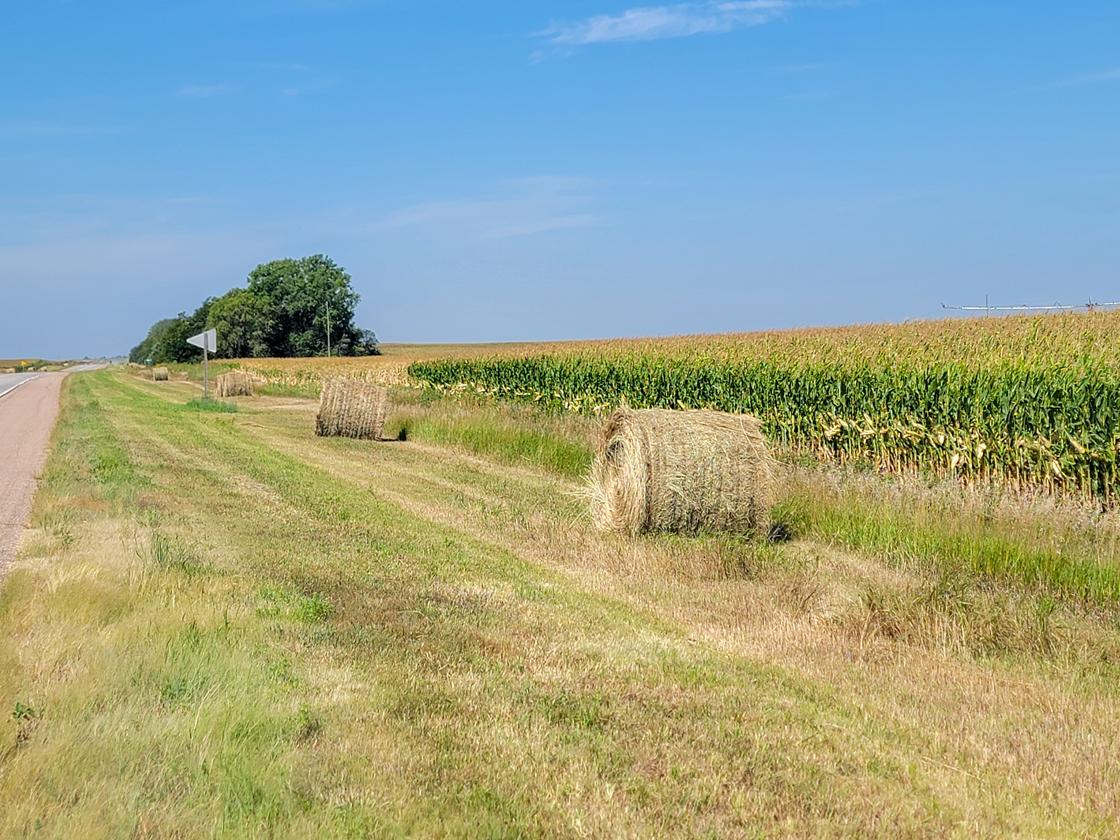The year was dry, forage is limited, last winter’s feed shortage is frozen into your memory, and you have cows to feed. With these thoughts in mind, maybe you harvested hay from the roadside—“ditch hay”—and will be feeding that hay soon. There are several things for you to think about and keep in mind as you feed the hay.
Did you walk the road ditch and pick up trash before you hayed it?
Even if you did walk the road ditch, watch carefully as you feed and pick up any trash that may cause problems. Metal parts, plastic, glass shards, and all other kinds of trash could have ended up in the hay. Ingested metal or plastic objects can cause hardware disease in cattle, and debris can cause issues with feeding and ranch equipment or cause lameness in animals, so it’s important to be extra vigilant as you feed that hay.
What are the plants that are growing in the ditch?
Did you observe if any of the plants are annuals or mostly perennials? Are the grasses cool-season, warm-season, or a mix? When did you harvest the hay? Depending on the type of grasses and timing of haying, this will affect the quality of the hay. Forage quality declines as plants mature. Cool-season grasses like smooth bromegrass mature in June and warm-season grasses like big bluestem mature in August.
Are the forbs common forbs that you have in your pastures? Are they forbs that you would want growing where you feed? Are there any noxious weeds? Was the road ditch sprayed with a herbicide? If so, what was the herbicide? Some herbicides are not labeled for forages that will be fed to livestock and some herbicides may have carryover and remain active in the hay and the manure from the cattle that eat the hay. Consider carefully where you feed this hay, knowing you may have some undesirable plant species to deal with next spring and summer or possible herbicide effects.
What is the nutrient quality of the hay?
Taking a sample of the hay and having it analyzed is the only way to know its quality. Test, Don’t Guess – sampling and testing hay discusses the correct way to sample hay. Once you know the nutrient quality, you can formulate rations, along with any needed supplement(s), to meet the nutrient requirements of the cows you are feeding. How to Meet your Cow’s Nutrient Needs when Feeding Hay this Winter can help you in your decision-making process.
Road ditch hay can provide needed forage. With a few precautions and a forage analysis, it can help you meet your cow’s nutrient requirements this winter.

